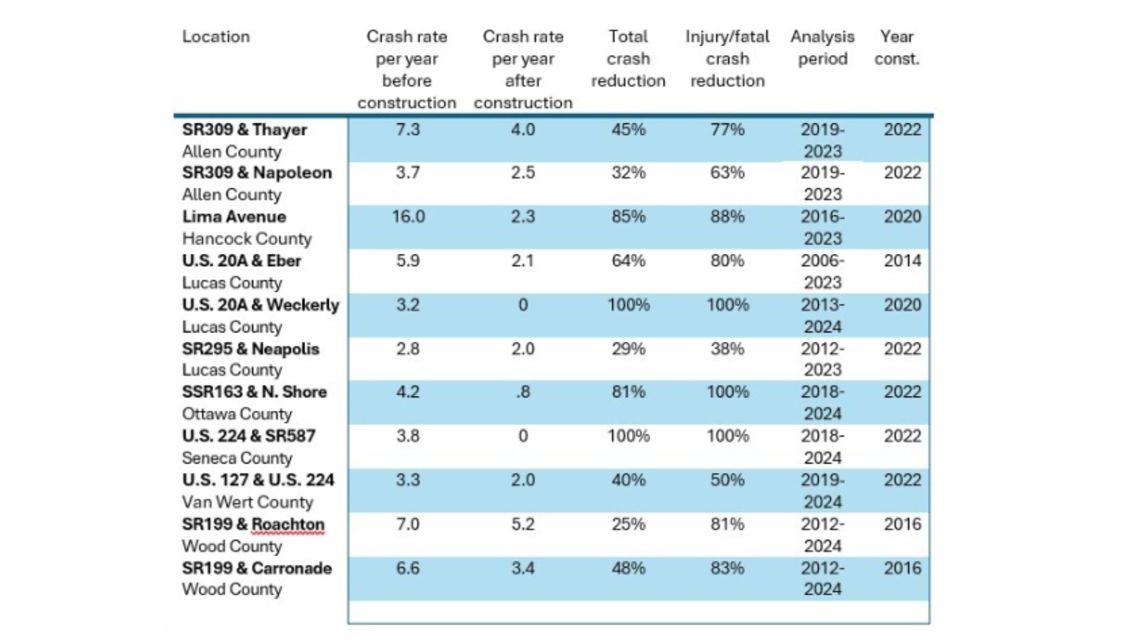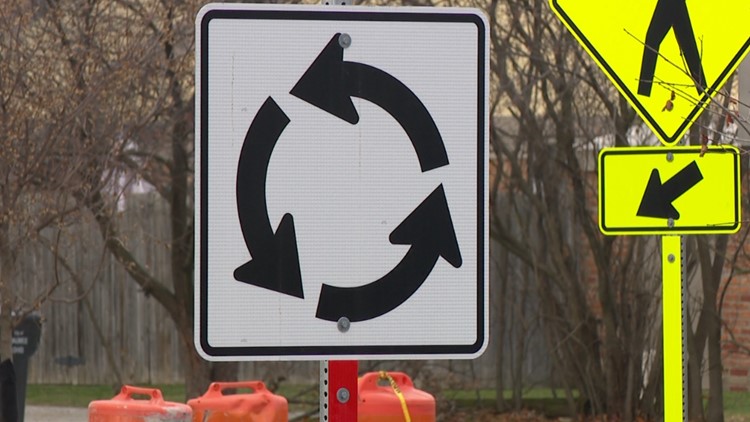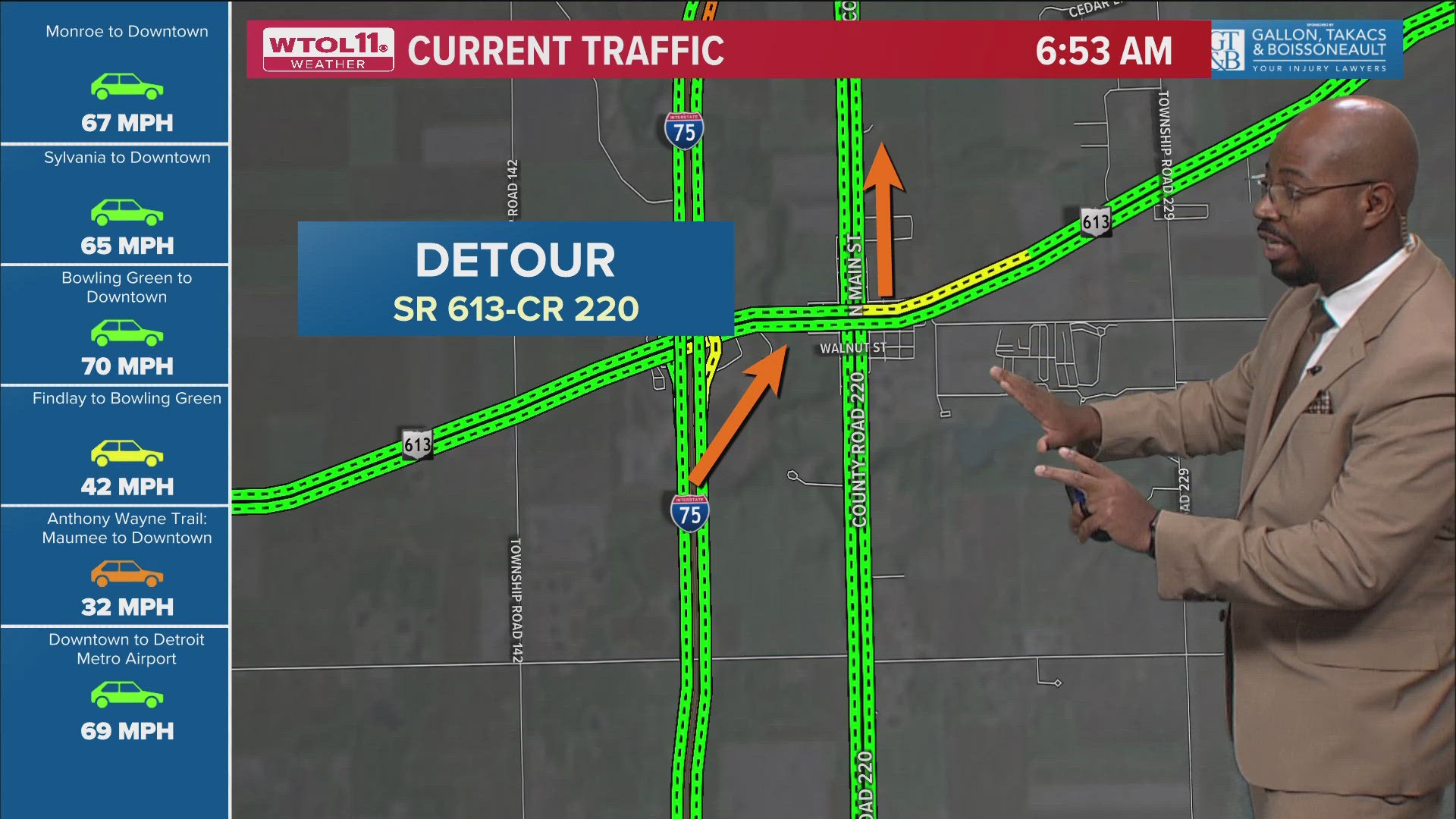OHIO, USA — Whether you like them, tolerate them or despise them, roundabouts are here to stay.
It's National Roundabouts Week and the Ohio Department of Transportation shared statistics that demonstrate how well this simple engineering design has performed locally.
According to ODOT, roundabouts have dramatically improved the safety of intersections throughout the country.
ODOT officials say they're pleased with the results where roundabouts have been constructed as well as how the public has adapted to them.
“The acceptance of roundabouts can lag in areas where roadways rarely change,” said Chris Hughes, ODOT District 1 deputy director. "You introduce a vastly different concept like a roundabout where stop signs and traffic signals rule, and it’s understandable why some motorists are hesitant."
RELATED: Health department, local school district, launch roundabout video campaign to educate drivers
The statistical numbers make it hard to argue against the safety improvement a roundabout can bring.
"No intersection improvement will eliminate all crashes, but nothing equals the effectiveness of a roundabout in lessening the severity of crashes," said Pat McColley, ODOT District 2 deputy director.
In 2019, Governor Mike DeWine directed ODOT to target safety improvements at 150 intersections statewide in rural, suburban and urban areas - ultimately investing $425 million over several years.
Below are crash statistics at select locations throughout northwest Ohio before and after a roundabout was constructed:


Three of the above listed locations were identified on the governor's list:
- State Route 309 at Thayer Road and Napoleon Road, Allen County
- U.S. 224 and State Route 587, Seneca County
- U.S. 127 and U.S. 224/Marsh Road, Van Wert County
"The goal is always to reduce the number of injury and fatal crashes, and at every location, that occurred," said Hughes.
WATCH more on WTOL 11:



